Snakes may not wag their tails or purr, but these fascinating reptiles do have their own unique ways of showing affection and comfort around their human caretakers. Understanding snake behavior requires patience, observation, and knowledge about their natural instincts. While these reptiles don’t form emotional bonds in the same way mammals do, they can certainly recognize their owners and display behaviors indicating trust and contentment. This article explores the subtle signs that suggest your pet snake feels comfortable in your presence, the behaviors that indicate stress, and how to build a positive relationship with your serpentine companion. By learning to read your snake’s body language and understanding what constitutes normal behavior, you can develop a rewarding relationship with your scaly friend.
Understanding Snake Cognition and Emotions

Snakes possess a more primitive brain structure than mammals, lacking a neocortex – the part of the brain responsible for complex emotions and social bonding in humans and other mammals. This biological reality means snakes don’t experience emotions like love, happiness, or sadness in the way we understand them. Instead, their behaviors are primarily driven by survival instincts: seeking safety, maintaining proper temperature, hunting for food, and avoiding threats. However, this doesn’t mean snakes can’t form associations or recognize their regular handlers. Research suggests that reptiles, including snakes, can learn to associate their owners with positive experiences like feeding and handling, developing what we might consider a form of “trust” over time. Understanding these limitations helps set realistic expectations for the relationship you can develop with your pet snake.
Relaxed Body Language
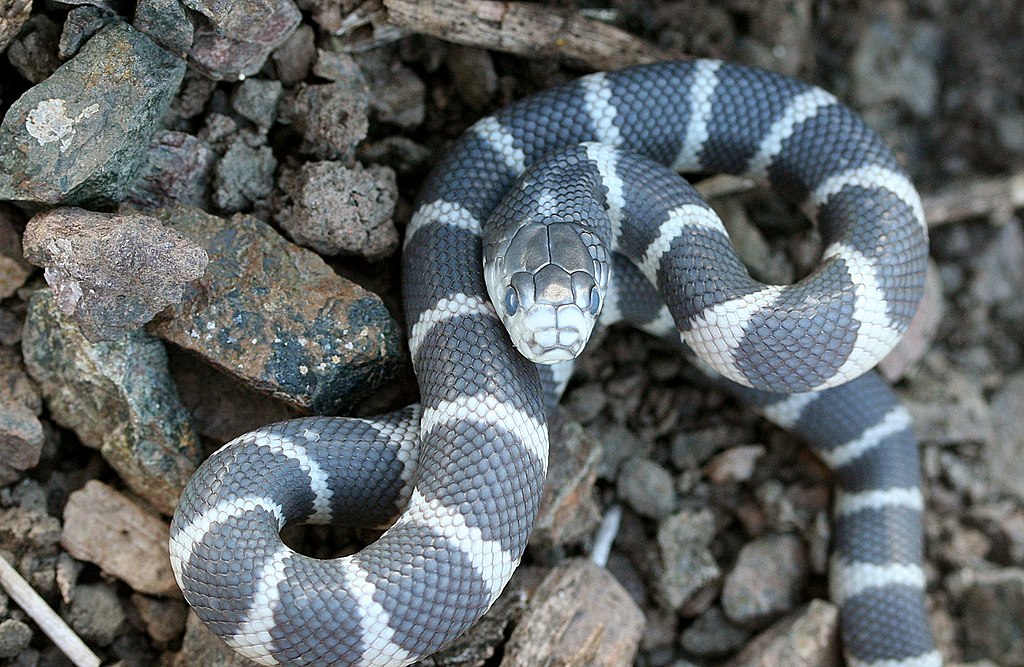
One of the most reliable indicators that your snake feels comfortable around you is relaxed body language during handling sessions. A content snake will generally move slowly and deliberately, with smooth muscle tone rather than appearing rigid or tense. You’ll notice the snake’s body feels neither limp like a rope nor tightly coiled and stiff. During handling, a comfortable snake will often drape loosely around your hands, arms, or shoulders, adjusting its position occasionally but not frantically trying to escape. The snake may also gently explore its surroundings with slow, curious tongue flicks, which indicates it’s gathering information rather than feeling threatened. This relaxed state contrasts sharply with defensive postures like tight coiling, raised heads, or rapid movements that suggest fear or stress.
Calm Exploration During Handling
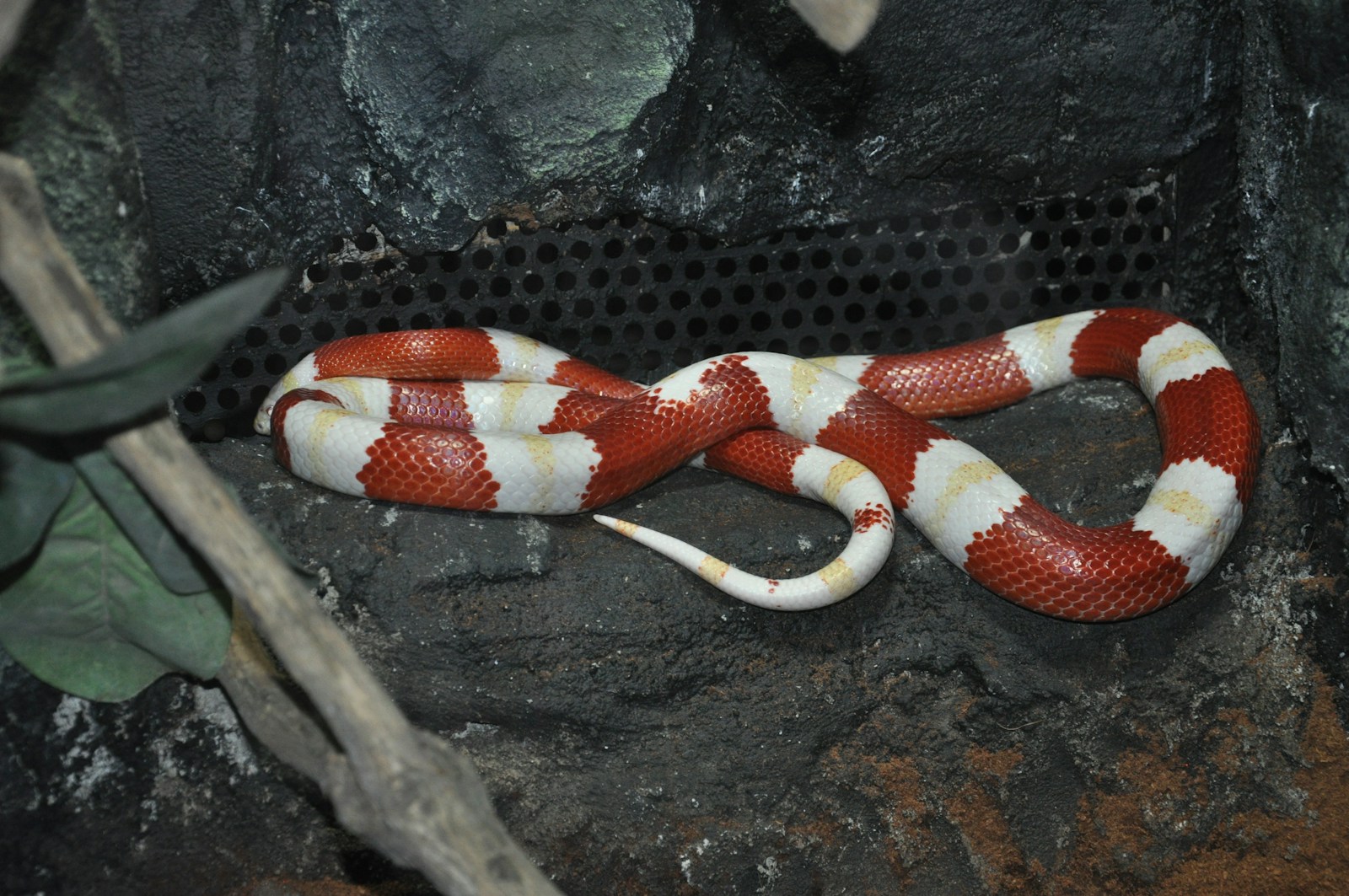
A snake that feels secure with you will typically engage in calm exploration while being handled. This exploration behavior manifests as the snake smoothly moving across your hands and arms, occasionally pausing to flick its tongue to “taste” the air and gather information about its environment. The tongue flicking will appear regular and methodical rather than rapid and frantic. A comfortable snake may even rest its head on your hand or arm briefly before continuing its gentle exploration. Some snakes will extend their bodies outward from your hands, showing curiosity about their surroundings rather than desperately seeking escape routes. This behavior indicates the snake recognizes you’re not a threat and feels secure enough to engage with its environment while in your care.
Willingness to Be Handled
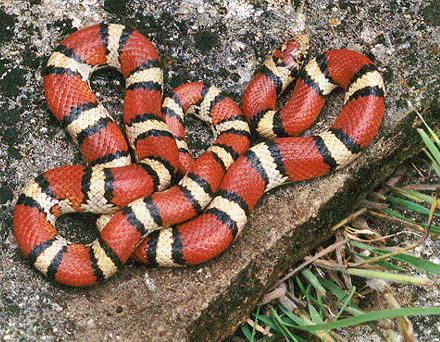
A snake that has grown accustomed to your presence and handling will generally show less resistance when you reach into its enclosure. While initial defensiveness is natural for many snakes, those that have developed trust may allow you to pick them up with minimal or no defensive displays such as hissing, striking, or musking (releasing a foul-smelling substance as a defense mechanism). Some particularly comfortable snakes may even move toward your hand when the enclosure is opened, though this behavior is more common in certain species known for their docile temperaments, such as ball pythons or corn snakes. The willingness to be handled without showing stress signals represents a significant indication that your snake recognizes you as a non-threatening presence in its life. This behavior develops gradually through consistent, positive handling experiences.
Regular Feeding Response
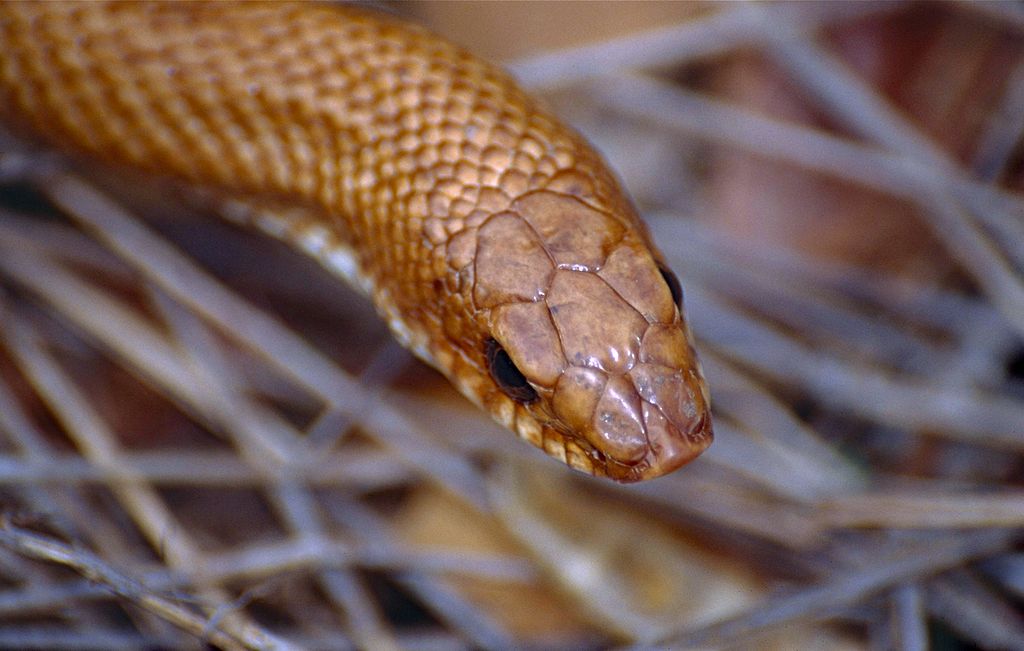
A snake that accepts food readily in your presence demonstrates a fundamental level of comfort with you. While feeding response alone doesn’t necessarily indicate affection, it does suggest the snake doesn’t perceive you as a threat significant enough to suppress its feeding instincts. Many snake owners observe that their pets develop specific behaviors when they recognize feeding time, such as becoming more alert or positioning themselves near the enclosure opening when they sense food is coming. Some snakes may even take food directly from tongs while you’re holding them, though this practice requires caution to avoid accidental bites. A healthy, consistent feeding pattern generally indicates your snake is thriving in your care and has developed a positive association with your presence during this crucial survival activity.
Seeking Warmth From Your Body
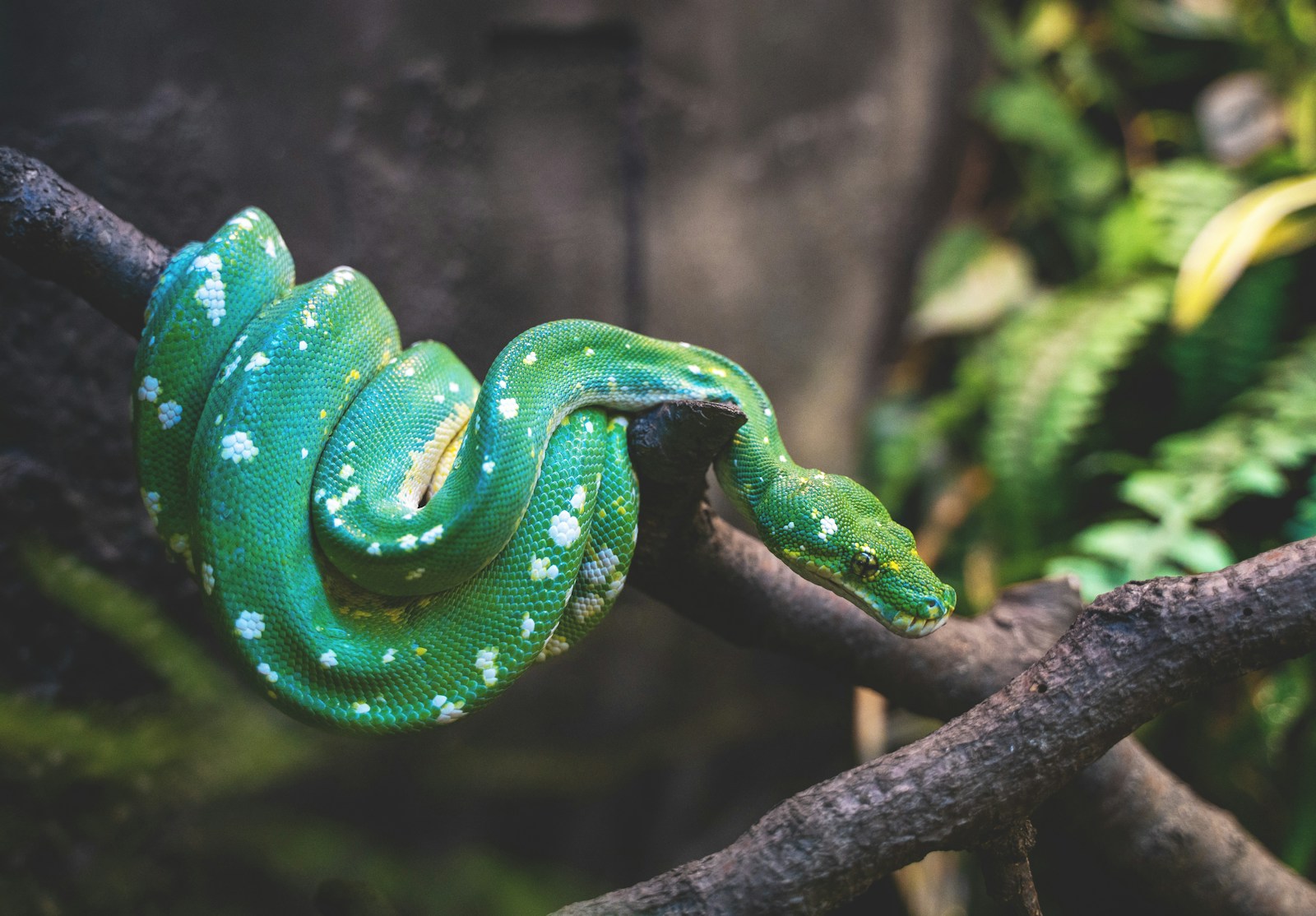
Snakes are ectothermic creatures that rely on external heat sources to regulate their body temperature. A telling sign that your snake feels comfortable with you is when it actively seeks warmth from your body during handling sessions. This behavior often manifests as the snake positioning itself close to your neck, slipping inside sleeves, or coiling around warm areas like your wrists where blood vessels run close to the surface. While this behavior is primarily driven by the snake’s thermoregulation needs rather than emotional attachment, it does indicate the snake trusts you enough to use you as a heat source. This comfort level demonstrates that the snake recognizes you as a safe, beneficial presence rather than a potential predator to be avoided. Many experienced snake owners report their pets returning to the same warm spots on their bodies repeatedly during handling sessions.
Reduced Defensive Behaviors Over Time
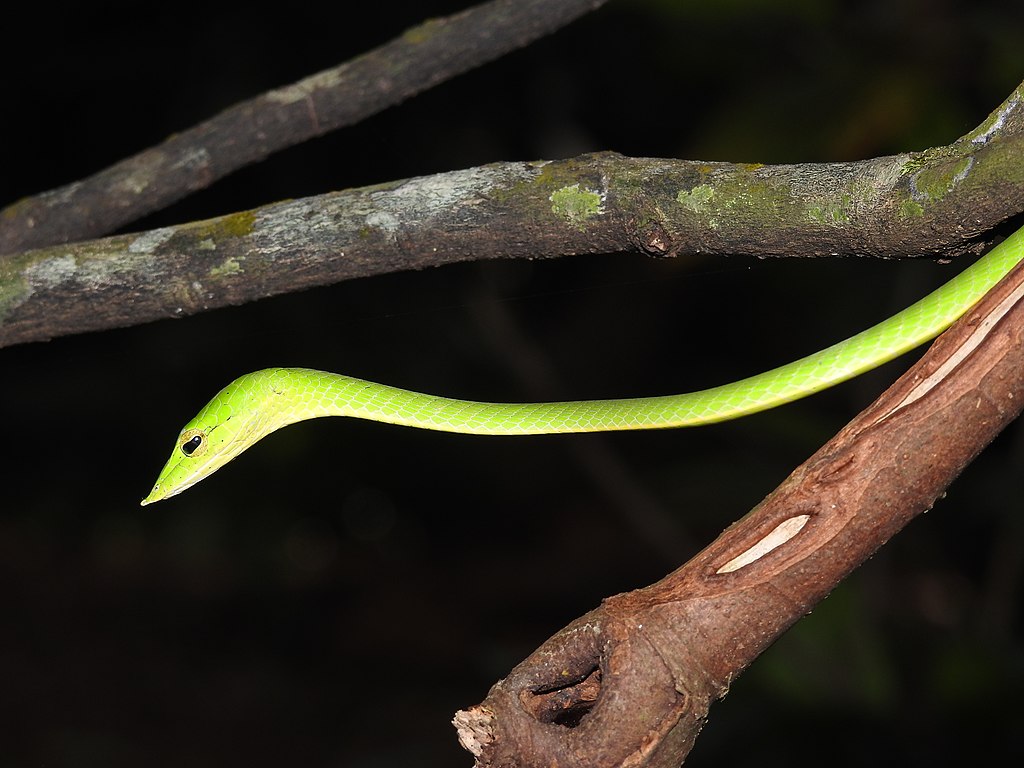
A clear indicator of growing comfort with you is the gradual reduction in defensive behaviors your snake displays. When first acquired, many snakes exhibit natural defensive responses like hissing, striking, tail rattling (in some species), musking, or forming defensive postures such as the S-shaped striking position. As your snake becomes accustomed to your presence and handling, these behaviors should noticeably decrease in frequency and intensity. This progression represents a fundamental shift in how your snake perceives you—from potential threat to familiar presence. The timeline for this adaptation varies significantly depending on species, individual temperament, and previous experiences, with some snakes acclimating within weeks while others may take months of patient, consistent handling. Documenting this behavioral evolution can provide tangible evidence of your developing relationship with your reptilian companion.
Recognition of Your Scent
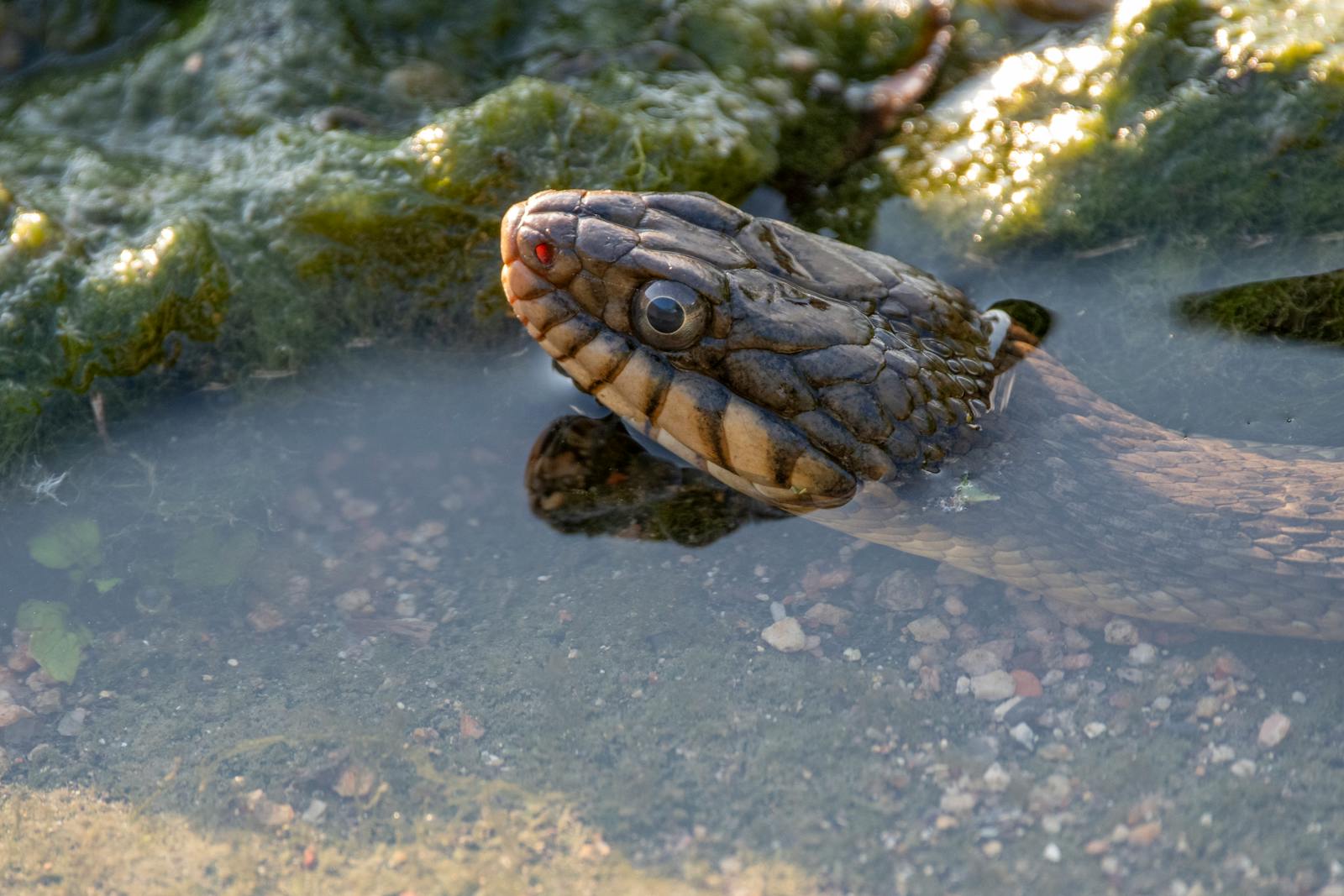
Snakes possess a remarkable sense of smell, primarily through their vomeronasal organ (Jacobson’s organ) which they access by flicking their tongues to collect scent particles. Research suggests that snakes can differentiate between familiar and unfamiliar scents, potentially recognizing their regular handlers by their distinct odor profile. You might notice your snake’s tongue-flicking behavior changes when you approach compared to when strangers are near the enclosure. A comfortable snake may flick its tongue more slowly and deliberately when sensing your familiar scent, whereas it might display more rapid, defensive tongue-flicking when detecting unfamiliar people. Some snake owners report that their pets seem to show less defensive behavior when being handled by them compared to unfamiliar handlers, further suggesting scent recognition plays a role in the snake-owner relationship.
Coming to the Front of the Enclosure
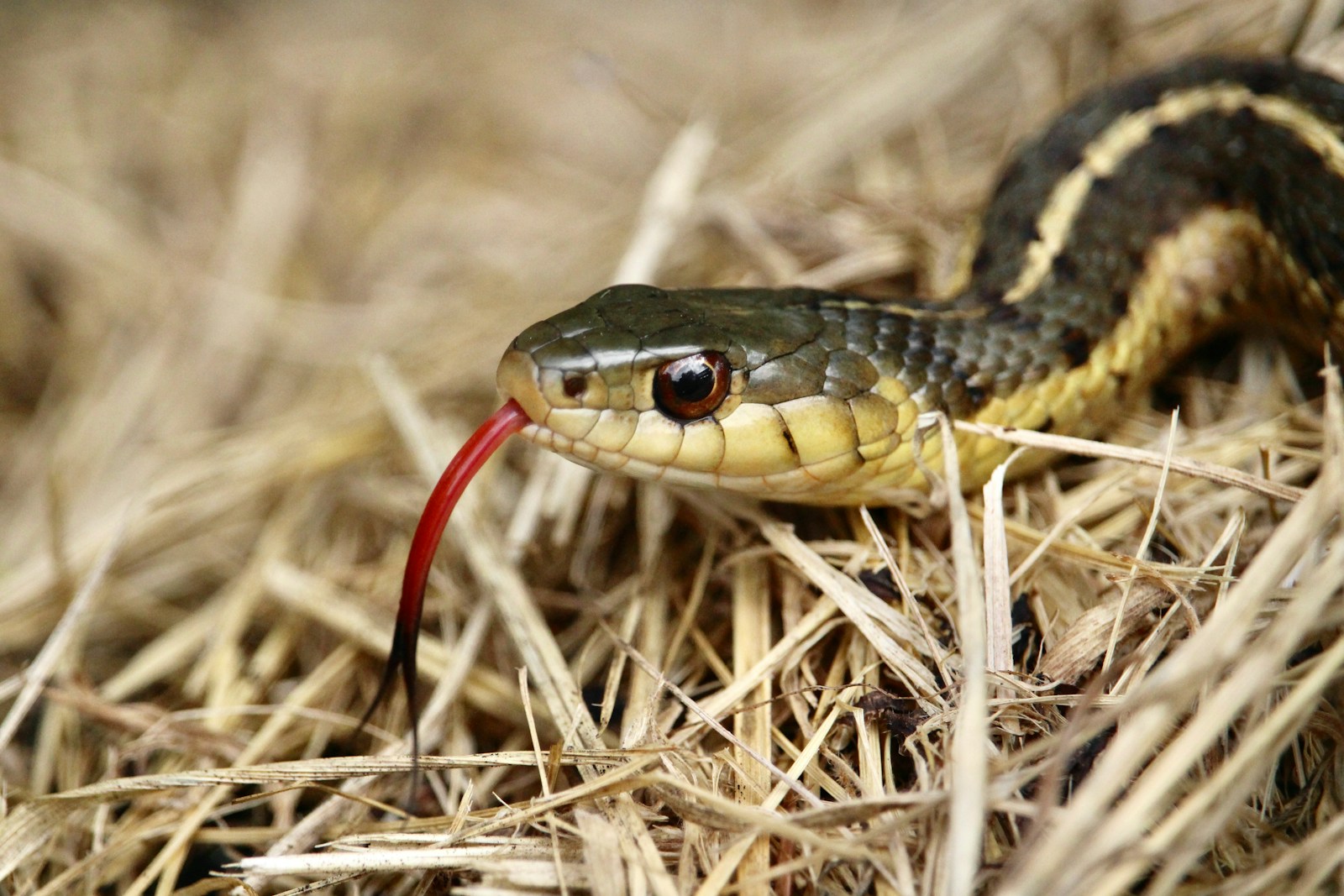
A particularly encouraging sign of recognition and comfort is when your snake moves to the front of its enclosure when you enter the room or approach the habitat. This behavior doesn’t necessarily indicate excitement to see you in the way a dog might show, but rather suggests the snake has formed positive associations with your presence, perhaps connecting you with handling time, environmental enrichment, or feeding opportunities. Some snake owners report their pets becoming more active or alert when they enter the room, especially around regular feeding times. While this response is likely driven by conditioning rather than emotional attachment, it does demonstrate that your snake has learned to recognize you as a significant and non-threatening element in its environment. This behavior is more commonly observed in regularly handled snakes that have been in the same owner’s care for extended periods.
Consistent Shedding Patterns
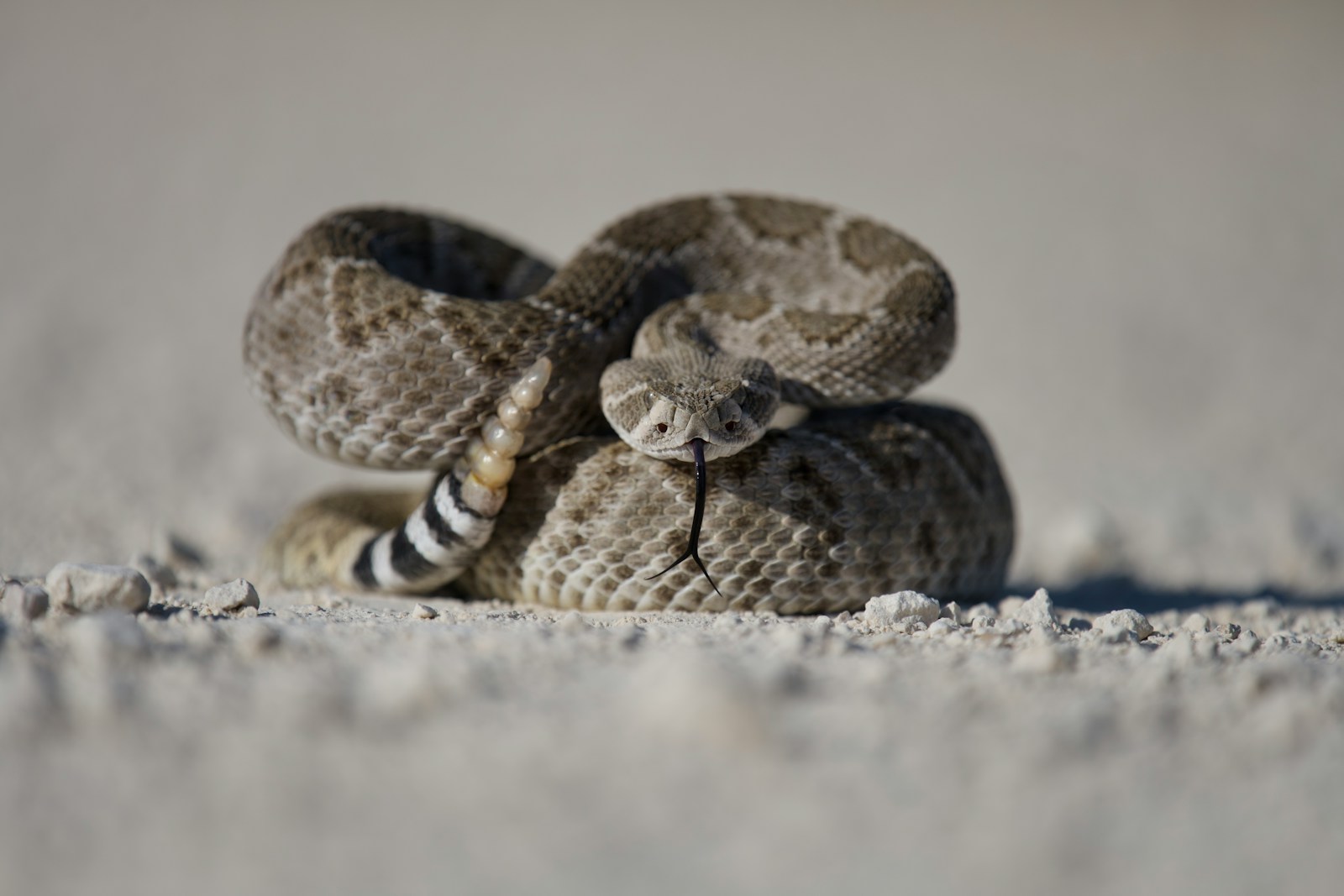
A snake that consistently experiences complete, healthy sheds is demonstrating that it feels secure in its environment and by extension, with you as its caretaker. Stress can significantly impact a snake’s shedding process, often resulting in incomplete sheds where patches of old skin remain attached (particularly around the eyes or tail). When your snake routinely completes its sheds in one intact piece, this indicates optimal physical health and minimal stress levels. While not a direct indicator of affection, healthy shedding suggests your snake feels comfortable enough in your care to execute this vulnerable biological process without complications. Additionally, some snake owners report that their pets become more tolerant of gentle handling during the pre-shed period (when eyes are clear, not cloudy) if they’ve built a strong foundation of trust, though generally handling should be minimized during the shedding process.
Reduced Stress Behaviors

The absence of stress behaviors can be just as telling as the presence of positive behaviors when assessing your snake’s comfort level with you. Stress indicators in snakes include refusing food, excessive hiding, defensive striking, rapid movement when touched, regurgitation after eating, frequent defecation during handling, and continually rubbing against enclosure walls seeking escape. A snake that has grown comfortable with you will display these behaviors rarely or not at all during regular interactions. You might notice your snake maintains normal respiratory rates during handling rather than showing the rapid breathing associated with stress. The snake’s pupils will typically remain at a normal size rather than dilating widely as they might when the animal feels threatened. This absence of stress responses during routine care and handling represents perhaps the most reliable indicator that your snake has accepted you as a non-threatening presence in its life.
Resting on You Without Restraint
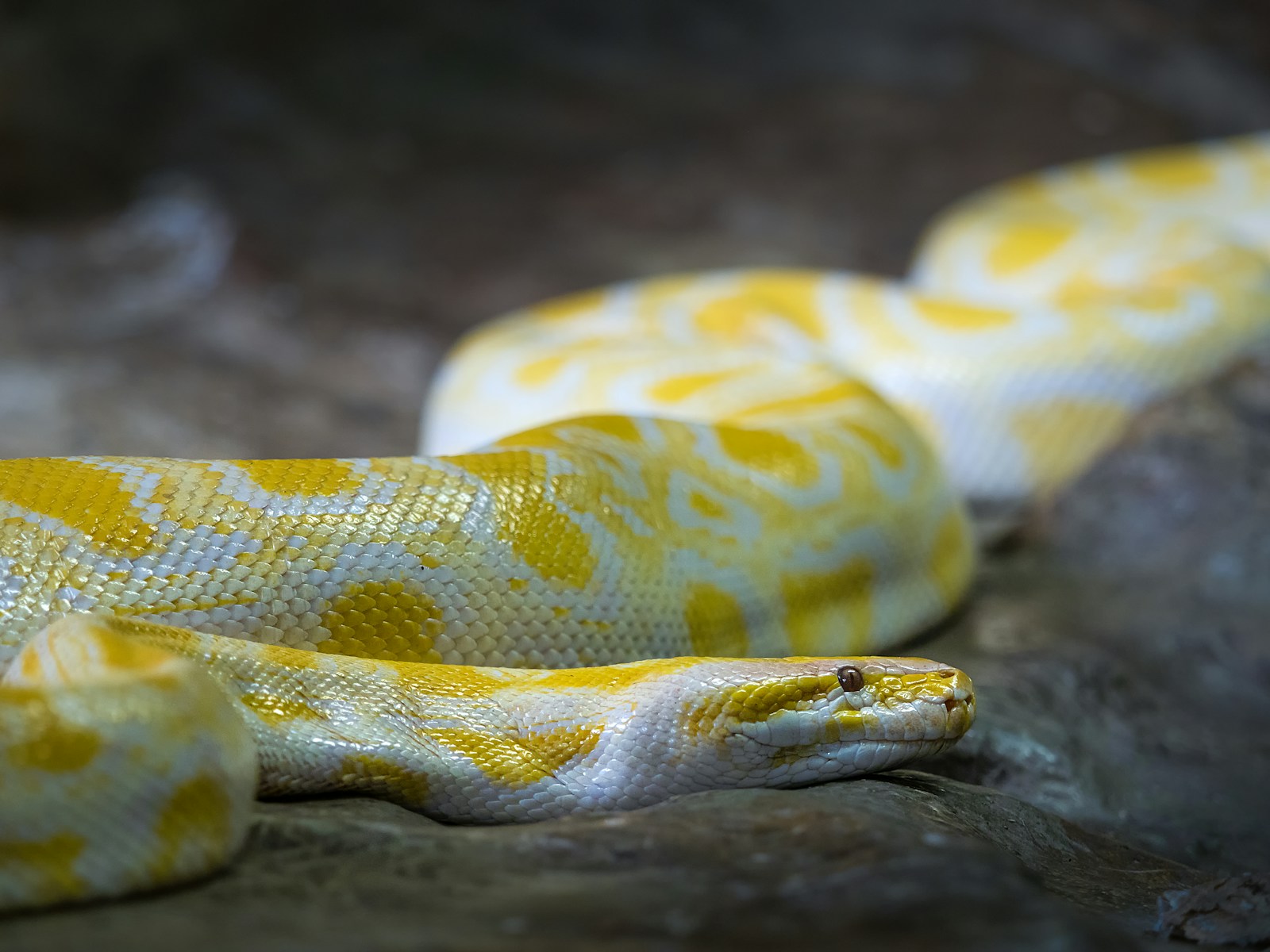
Perhaps one of the strongest indicators that your snake feels comfortable with you is when it willingly remains on your body without being actively restrained. This behavior manifests as the snake finding a comfortable position—often draped across shoulders, wrapped loosely around an arm, or even settled in a lap—and remaining there calmly for extended periods. A truly relaxed snake might even close its eyes briefly while resting on you, a vulnerable state that indicates significant trust. The snake’s muscles will feel relaxed rather than tense, and it may periodically adjust its position for comfort rather than constantly seeking to move away. This behavior is more commonly observed in larger, naturally docile species like ball pythons or boa constrictors, and typically develops only after many positive handling experiences have established a foundation of trust. When your snake chooses to remain with you without attempting escape, it’s demonstrating the reptilian equivalent of companionship.
Building a Positive Relationship With Your Snake
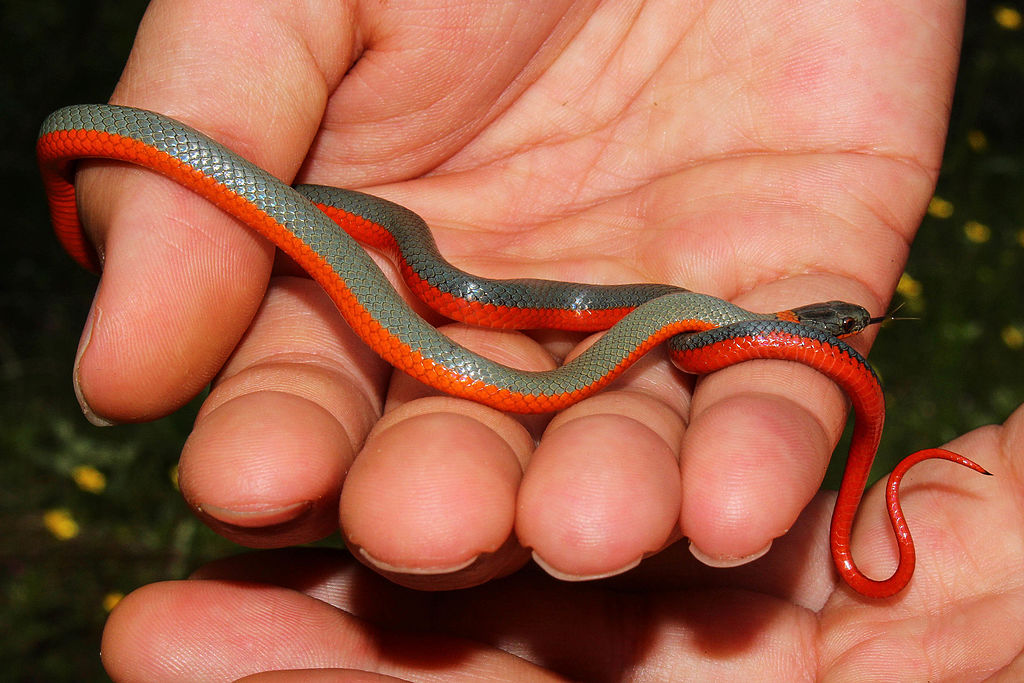
Developing a positive relationship with your snake requires consistency, patience, and respect for the animal’s natural behaviors. Establish a regular handling routine, starting with short sessions (5-10 minutes) and gradually increasing duration as your snake shows signs of comfort. Always support your snake’s body properly during handling, never making sudden movements that could startle the animal. Avoid handling for several days after feeding to prevent regurgitation, and learn to recognize when your snake is in pre-shed condition, as most prefer not to be handled during this vulnerable time. Create positive associations by ensuring the enclosure maintains proper temperatures, humidity, and enrichment opportunities. Never force interactions when your snake clearly displays stress signals, as this will only damage the trust you’re working to build. Remember that each snake has its own individual personality and temperament, requiring you to adjust your approach accordingly. With patience and consistency, most snakes will gradually become more comfortable with regular handling.
When Your Snake Truly Doesn’t Like You

While many snakes can develop comfort with their handlers, it’s important to recognize persistent signs that indicate your snake may not be adapting well to handling. Consistent defensive posturing, striking, or musking during every handling attempt, even after months of careful conditioning, suggests the individual may have a naturally defensive temperament or past negative experiences with humans. Some snakes display stress-related health issues like refusing multiple consecutive meals, weight loss, or abnormal shedding patterns that correspond with handling attempts. In these cases, it’s important to consider the welfare of the animal above your desire for interaction. Reducing handling frequency, shortening sessions, or in extreme cases, accepting that some individual snakes may never become comfortable with regular handling may be necessary. These situations don’t reflect failure as a keeper but rather demonstrate respect for the animal’s individual nature and a commitment to its wellbeing above personal preferences.
Understanding your snake’s behavior requires careful observation, patience, and knowledge about the specific species you’re keeping. While snakes don’t form emotional attachments in the mammalian sense, they can certainly recognize their regular handlers and develop comfort with familiar people. By learning to read your snake’s subtle body language and respecting its natural tendencies, you can build a relationship based on trust and mutual respect. Remember that each snake is an individual with its own unique personality and tolerance levels. The absence of stress and the presence of calm, exploratory behavior during handling are perhaps the most reliable indicators that your serpentine companion feels comfortable in your care. This relationship, while different from what we experience with furry pets, can be deeply rewarding in its own unique way.





